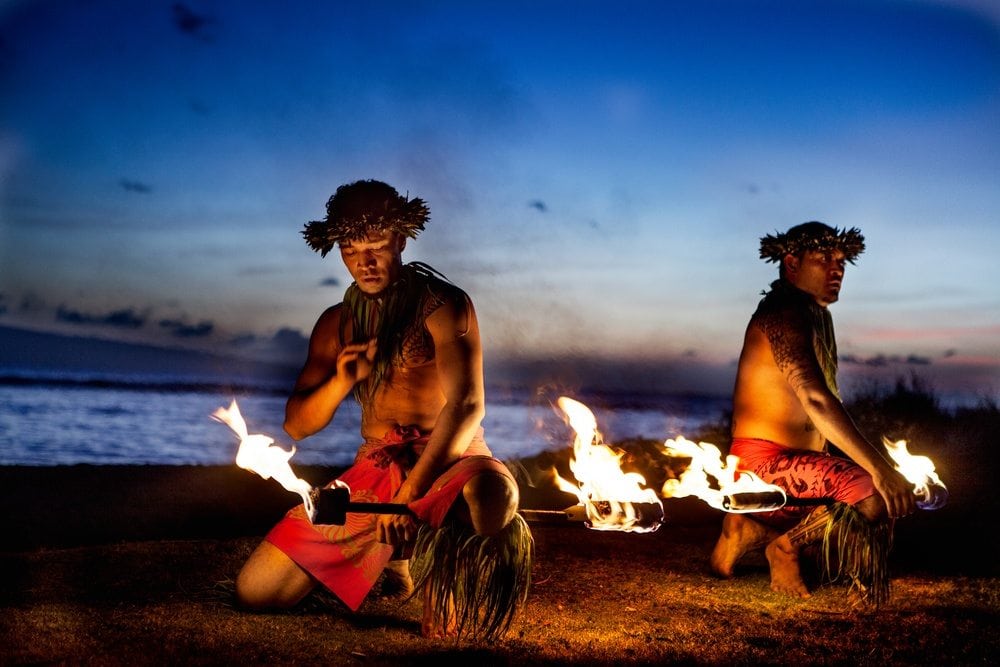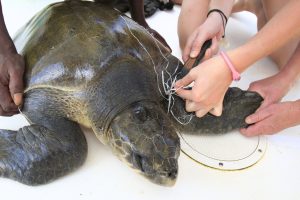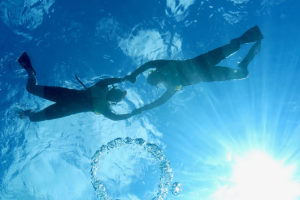Kuhi no ka lima, hele no ka maka – Where the hands move, there let the eyes follow.
If you have ever seen a hula dance, then you know the power of this quote. While watching the graceful, powerful movements of this traditional dance, it’s easy to become mesmerized by the hand movements of the dancers. But there’s so much rich history to this beautiful art that is one of the more popular forms of Hawaiian culture. So before you head out to your next luau, learn a little bit about this dance and its heritage!
What’s in a name?
Well the word “hula” is actually used to describe dance that is specific to the Hawaiians and the word “hula” was not in general use until after the mid-1800s. The even older word for dance that Hawaiians used is “ha’a”, which is very similar to the Maori haka and the Samoan fa’a. Other Polynesian cultures use different words to describe dance, for example the Samoans dance the sasa, fa’ataupati, or lapalapa, with their main word for dance being “siva”. The Maoris from New Zealand chant and dance the haka or waiatuhaka. And the people of Tonga, which covers over 170 small Polynesian islands, call dance “faiva”, with their principal dance being the lakalaka, while the Tahitians have the aparima or otea.
Spiritual ties
Hawaiian hula dance isn’t just a form of entertainment; it has deep spiritual roots in the native cultures. “Hula Kahiko” is the name given to ancient hula dance that was performed to praise and honor their ancient gods. Hula Kahiko is normally accompanied by ancient chant and does not include modern instrumentation and hula is often preceded and followed by prayers, blessings and other rituals. Chants to Laka, the patron goddess of hula, were performed, and sometimes an altar is built on the eastern wall of the “halau”, the dancing school or building. This symbolizes the life-inspiring force of the sunrise.
Turn it up!
Hawaiians are a people who are deeply attached to their culture and music is a big part of the hula culture. When musical accompaniment is a part of the dance, it is known as Hula ‘Auana, or modern hula. Some instruments are played by the chanters, with sharkskin drums, pahu, and gourd drums, ipu or ipu heke, being the chief accompaniment. Others handmade instruments such as the feathered rattles, ‘uli ‘uli, bamboo rattles pu’ili, and hand-held river rocks, ‘ili ‘ili, which are clicked like castanets, are used by the dancers. When you’re listening to hula, you’ll also notice the chanter’s voice plays an important role in setting the tone and emotion of the dance. As the dance evolved, more Western inflences like the ukeles, guitars, steel guitars, drums and falsetto songs have been integrated into the dance.

Goddess of love
Have you ever watched a hula dance and felt like you were falling in love? Well there’s no surprise because Laka, the goddess of love, the forests, and plants is also widely known as the patron of the hula dance. The forest plants that served as offerings to Laka are an important part of the sacred hula ritual and preparation. One special plant, the ti or ki plant, is considered sacred to Laka and is used in many rituals and ceremonies for protection, to ward off evil spirits, and to bring good luck. Dancers also make offerings to Laka and ritually cleanse and sprinkle themselves with salt water to prepare for the dance.
Magical movements
To be a great hula dancer, you need to spend years honing your movements and technique. The truly skilled hula dancers exhibit good posture, which adds to the sacredness and dignity of the dance and sets the hula apart from other forms of Poylnesian dance. Gifted dancers posssess a feeling of harmony, balance and control and most “haumana”, or hula students focus on these techniques and qualities in their dance classes. To be chosen as a student of hula is a great honor and both the “kumu”, teacher, and the best dancers are highly respected.
Now that you know a little bit about the history of this graceful part of our culture, enjoy a show while on vacation or even take a lesson at one of these places! Either way you’ll have a new appreciation for the custom of the hula dance!![]()












